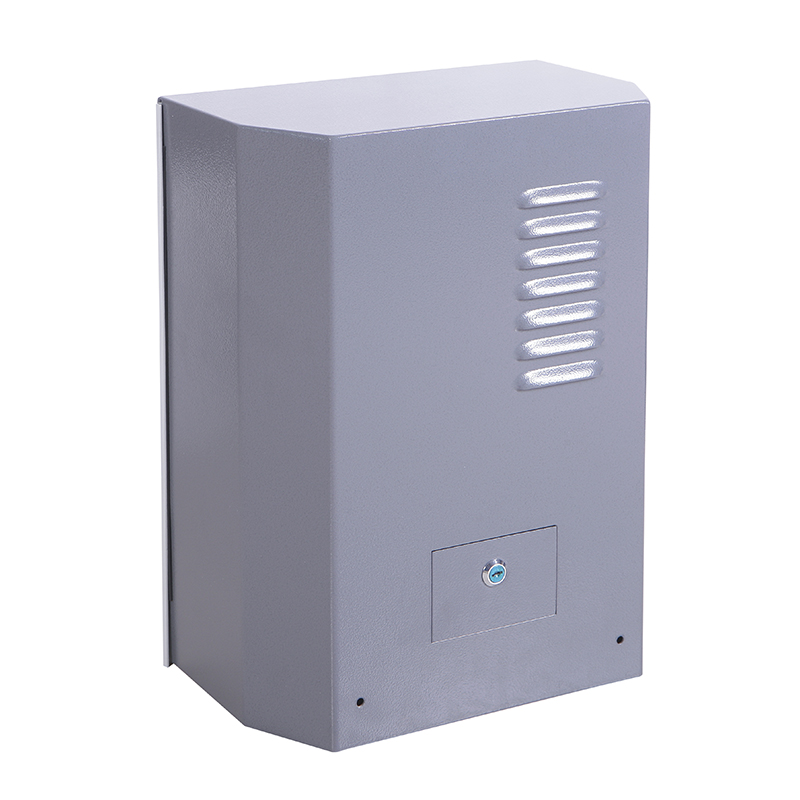Automatic gate openers play a crucial role in providing convenience, security, and functionality for residential and commercial properties. To ensure consistent performance and longevity, manufacturers implement rigorous quality control procedures throughout the production process. This article explores the key quality control procedures employed to maintain the reliability and durability of automatic gate openers.

1. Material Selection and Inspection
Quality control starts with the careful selection of materials used in the manufacturing of automatic gate openers. Manufacturers source high-quality components and materials that meet strict standards for durability, reliability, and performance. Each incoming material undergoes thorough inspection and testing to ensure compliance with specifications and requirements.
2. Manufacturing Processes
Manufacturing processes for automatic gate openers are subject to strict quality control measures to ensure consistency and accuracy. Automated production lines and precision machinery are used to manufacture components with tight tolerances. Throughout the manufacturing process, real-time monitoring and inspection procedures are implemented to detect any deviations or defects.
3. Component Testing
Before assembly, individual components of automatic gate openers undergo comprehensive testing to verify functionality and reliability. Motors, gears, control boards, sensors, and other critical components are subjected to rigorous performance tests, including endurance testing, temperature cycling, and stress testing. Components that fail to meet quality standards are rejected and replaced.
4. Assembly and Integration
During assembly, trained technicians follow strict procedures to ensure proper installation and integration of components. Each automatic gate opener is assembled according to detailed specifications and assembly instructions. Quality control inspectors conduct spot checks and audits to verify assembly accuracy and identify any assembly errors or discrepancies.
5. Functional Testing
Once assembled, automatic gate openers undergo comprehensive functional testing to evaluate performance and reliability. Gate openers are subjected to simulated operating conditions to verify proper operation, including opening and closing cycles, obstacle detection, and emergency stop functionality. Functional tests are conducted under various environmental conditions to ensure robustness and reliability.
6. Quality Assurance Checks
Before packaging and shipment, automatic gate openers undergo final quality assurance checks to confirm compliance with quality standards and specifications. Random sampling and statistical process control techniques are used to assess product consistency and identify any defects or non-conformities. Gate openers that pass final quality checks are packaged and prepared for distribution.
7. Post-Market Monitoring and Feedback
Even after products are shipped, manufacturers continue to monitor performance and gather feedback from customers to identify any issues or concerns. Post-market surveillance programs allow manufacturers to proactively address quality issues and make continuous improvements to product design and manufacturing processes.
Conclusion
In conclusion, ensuring consistent performance and longevity of automatic gate openers requires stringent quality control procedures throughout the production process. By carefully selecting materials, implementing rigorous manufacturing processes, conducting component testing, ensuring proper assembly and integration, performing functional testing, and conducting quality assurance checks, manufacturers can maintain the reliability, durability, and safety of automatic gate openers. Continuous monitoring and feedback enable manufacturers to address any issues promptly and make ongoing improvements to product quality and reliability. Ultimately, robust quality control procedures are essential for delivering high-quality automatic gate openers that meet the needs and expectations of customers.